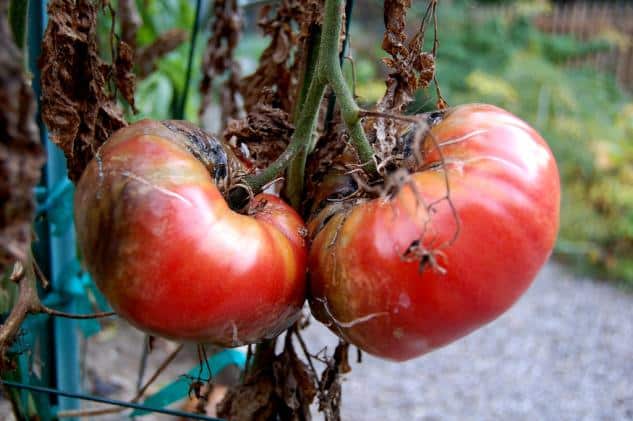

That’s because it can be very difficult to control this disease with fungicide applications started after onset with a susceptible variety, and the disease cannot be “tolerated”. Resistant varieties are a valuable tool for managing diseases, particularly late blight. Many were more aggressive on tomato and more tolerant of warm temperatures than genotypes like US-1 and US-8 that previously were dominant and mostly affected potato. It started in 2009 when a new pathogen genotype (US-22) was introduced into the region on tomato transplants sold to home gardeners, which is how the epidemic started that year. From 2009 to 2012 on Long Island, symptoms were first observed in late May to mid June.Ĭhanges in occurrence of late blight was at least partly due to the fact there were new genotypes (strains) of the pathogen in the USA. Starting in 2009, the disease began occurring routinely in the northeastern USA, starting early in the growing season and severely impacting tomatoes. since 2011.īefore 2009, late blight occurrence on Long Island, N.Y., was sporadic with symptoms never found or not seen until October in most years. Maps of late blight reports by county in U.S.
BLIGHT TOMATOES PLUS
Additional information about late blight and its management plus photographs.Those with same resistance genes as varieties evaluated in this study can be expected to exhibit similar ability to resist late blight. Find more resistant tomato varieties released since these studies in the disease-resistant tomato variety lists.Technical reports on these and related experiments have been published.


 0 kommentar(er)
0 kommentar(er)
